Drawing by Cecily Moon for American Realities
This, in short, is the story of the Americans fighting for France in the Lafayette Escadrille during World War I. They began volunteering in 1915 and served in a separate unit from 1916 until the United States entered the war in 1917.
Many of them worshipped at the American Cathedral in Paris (pictured above) one of the focal points of their lives in France. And many attended funeral services at the cathedral for fallen comrades.
Today a cloister at the cathedral has engraved text and images honoring the pilots of the Lafayette Escadrille and other Americans who fought in World War I.
On the wall a plaque and an image recognize the contributions of the Lafayette Escadrille.
This image was painted on the canvas of the Lafayette Escadrille planes, a symbol of their squadron.
Here is a description of the death of Victor Chapman, the first pilot to die fighting in the Lafayette Escadrille:
Chapman, though recently wounded himself, decided to join three comrades on a morning patrol. He fell behind the others and four Germans attacked him, damaging his plane so badly that it fell apart as it plummeted toward the ground. This first death in the ranks of the Lafayette Escadrille shocked the other pilots. “We could read the pain in one another’s eyes,” wrote one. At a ceremony on July 4, 1916, the French prime minister took note of Chapman’s death, calling him and his squadron “the living symbol of American idealism.” The prime minister was aware of the value of Victor Chapman’s sacrifice as an example to other Americans, perhaps to the United States as a whole. “France will never forget this new comradeship,” he said, “this evidence of a devotion to a common ideal.” After the funeral ceremony, most of the American airmen went to Lafayette’s grave for a July Fourth commemoration of the Frenchman’s contribution to the American Revolution.” (from American Realities, Volume II, Chapter 7, “American Volunteers in World War I: The Lafayette Escadrille”)
Learn more about the Lafayette Escadrille with materials on this site based on the chapter in American Realities on the squadron: click here.
View more entries on the American Realities blog...
(You know you want to!)

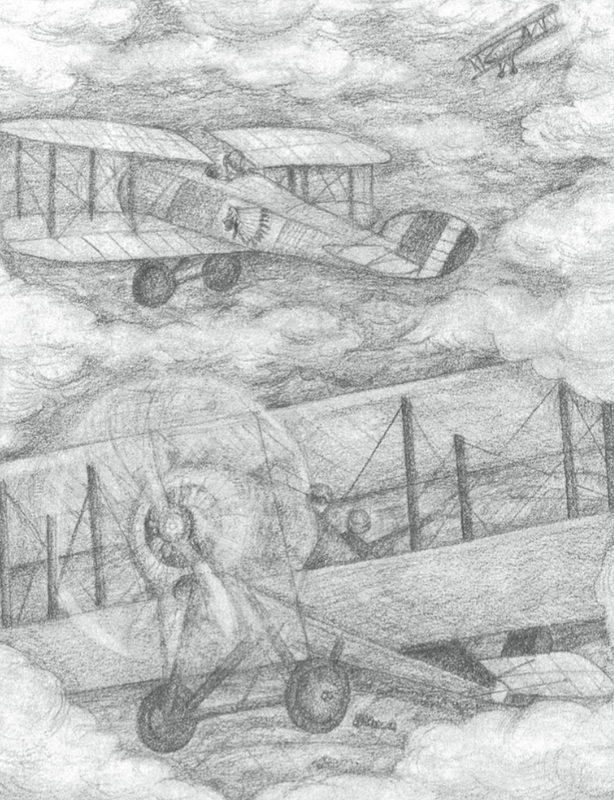
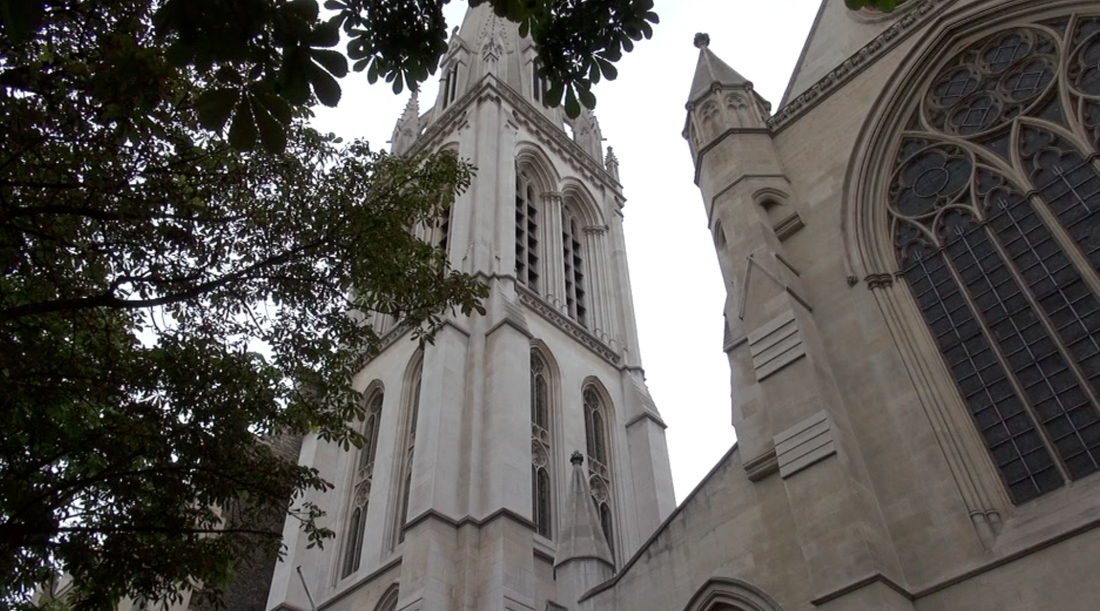
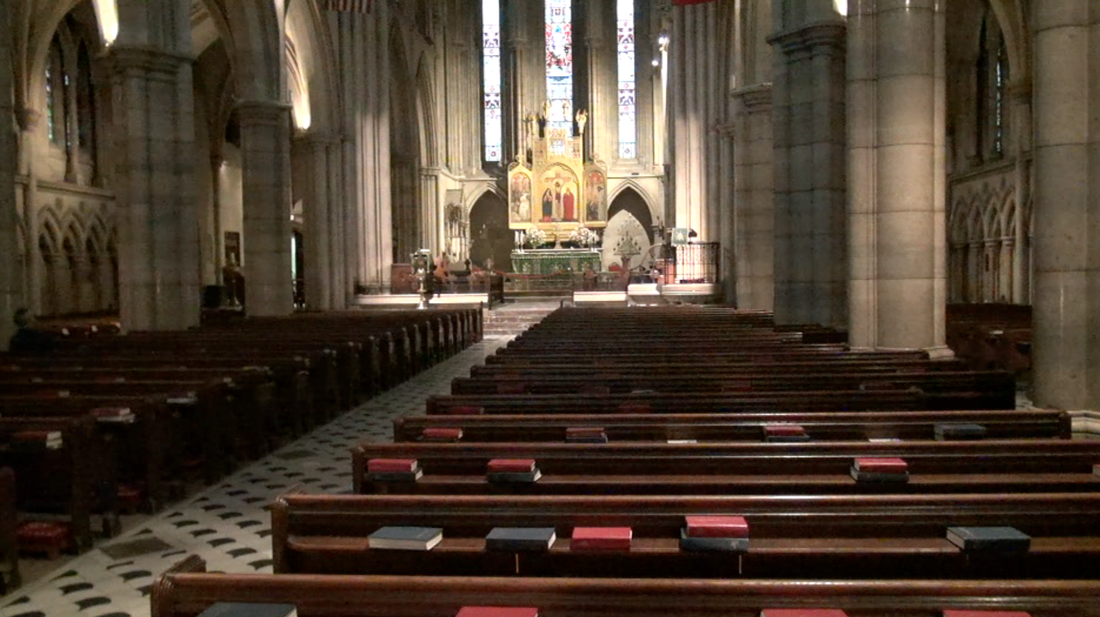
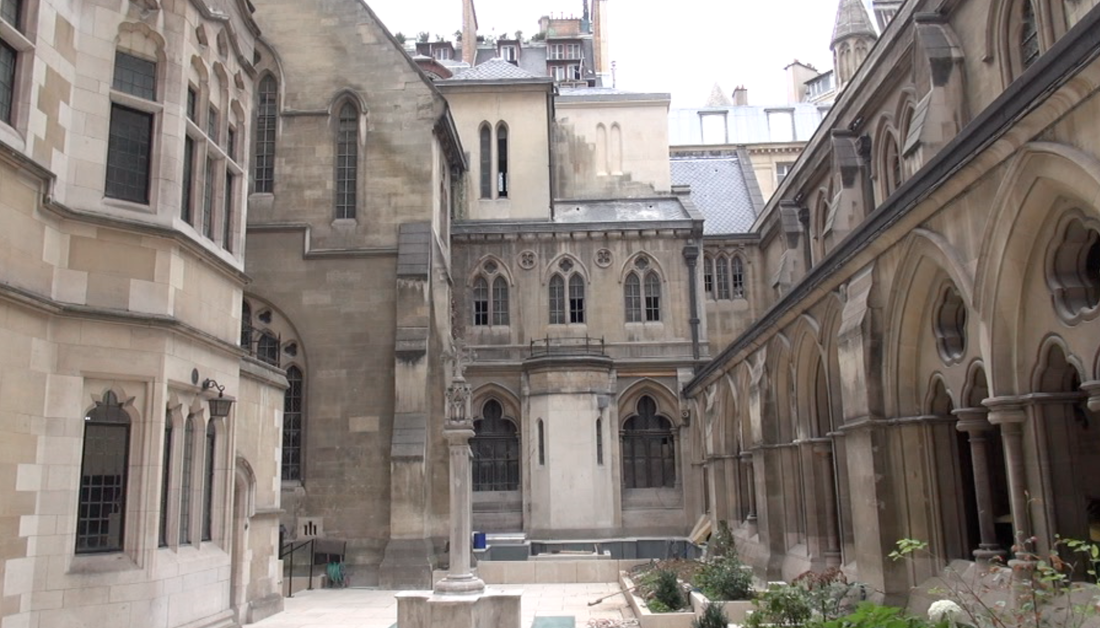
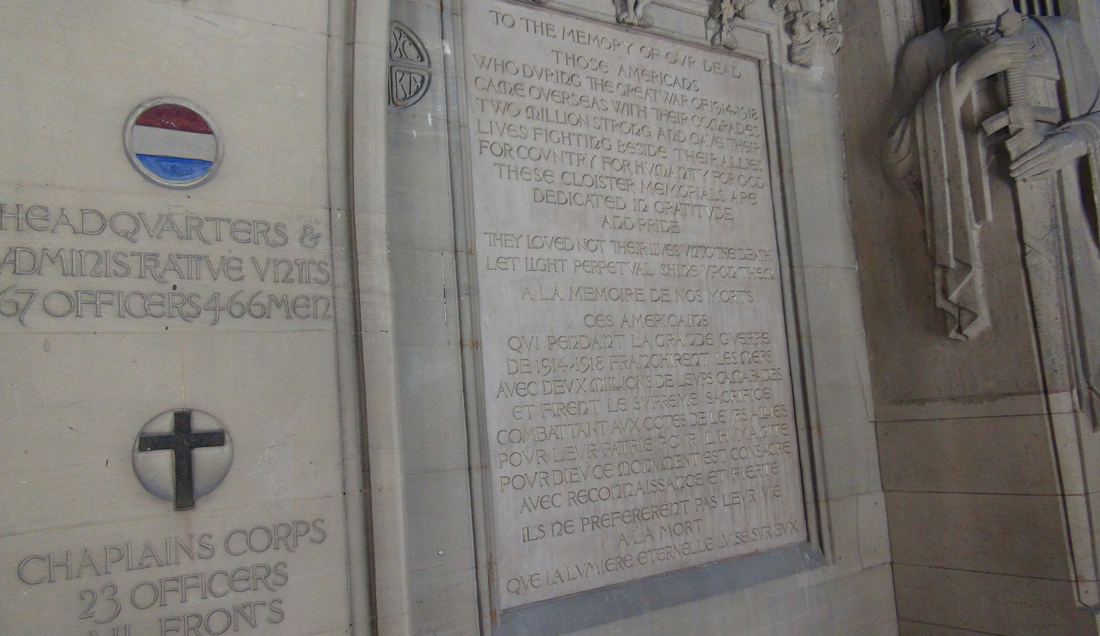
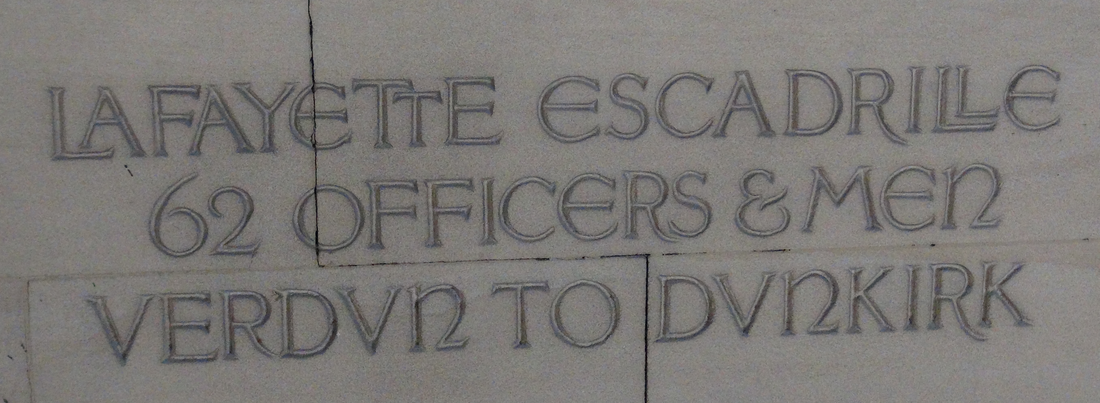
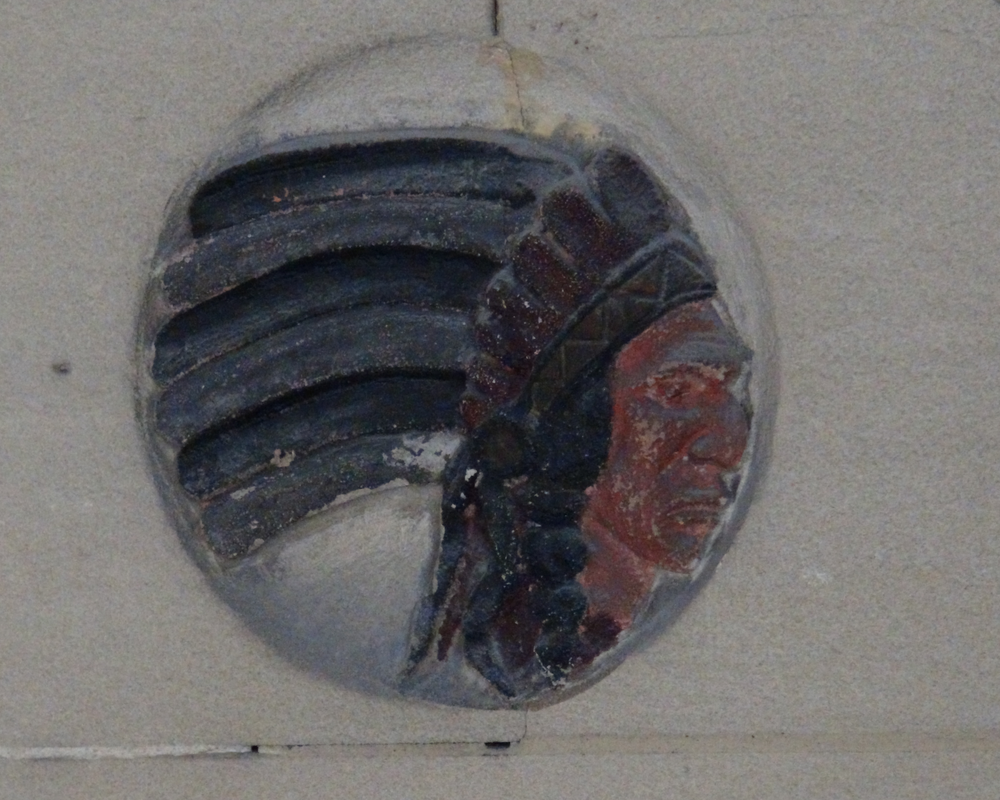
 RSS Feed
RSS Feed